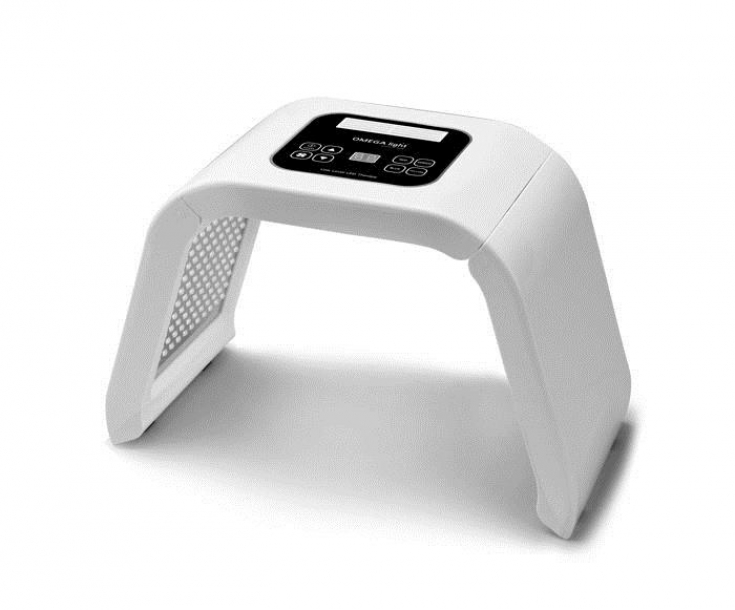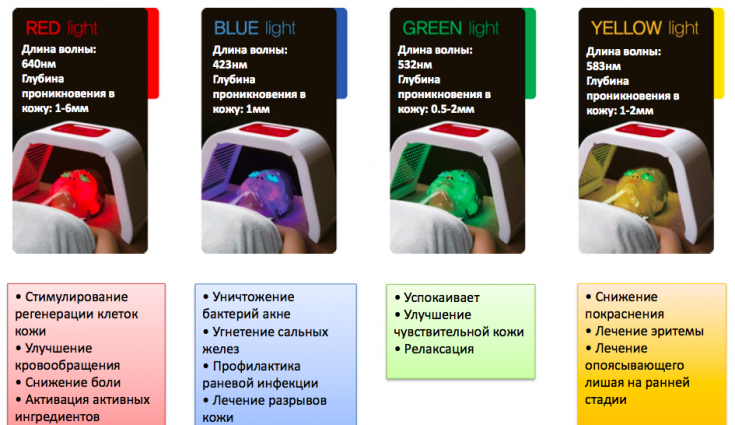Modern aesthetic medicine sets itself many tasks, ranging from skin improvement, acne treatment and post-acne treatment, to the creation of an almost new face for the patient.
Skin rejuvenation is becoming more and more relevant every day, because the appearance, skin condition is the calling card of each of us.
A lot of technologies are aimed specifically at maintaining skin health, improving its regeneration, and photodynamic or LED therapy is no exception, because it gives the cosmetologist a lot of opportunities to work on skin quality. Read more about this technique, the mechanisms of its work, as well as the benefits of LED therapy on estet-portal.com in this article.
Influence of photodynamic therapy on aging processes
The aging process — it is a complex phenomenon that combines biological internal processes with the influence of external factors, the most important of which is exposure to solar UV rays.
Photodamage causes degradation of the extracellular matrix with disruption of the structure of collagen fibers, loss of elasticity of elastin fibers and depletion of the basic hydro-reserve of the skin.
The epidermis becomes thinner with a slowdown in its synthetic cellular activity, and it is precisely this that patients see in the mirror, while they absolutely do not care how much the histological picture of dermal structures and the general condition of the skin can be improved.
Photodynamic therapy has an active effect on the epidermis, but also affects the dermal structures. As such, it is recommended for many skin conditions.
Radio Frequencies – non-surgical lifting and fast results
LED therapy: what is it
Light-emitting diodes are tiny semiconductor chips that convert electrical current directly into light. LED gives a clear wavelength plus/minus a couple of nanometers.

A precise wavelength is essential as it allows the absorption of photons by target tissues to be controlled — basically, these are pigments and water, which is in the tissues.
The clinical application of LED can be both an independent procedure and a stage of complex therapy.
Standard protocol — it is the application of the LED as soon as possible after the injury. It is advisable to do this as a final step, then 24 hours later, and again 72 hours after surgery or any other traumatic procedure. Recommended optimal dose — 60 J/cm2.
Read the latest articles in Telegram!
GENOSYS GENO-LED: complex effect
Four colors of GENOSYS GENO-LED – lamp, presented by Ukrainian Aesthetics, and its different wavelength range, make it possible to obtain excellent therapeutic effects.

Epidermis — this is the main goal for 583 nm waves, while 640 nm and 830 nm waves affect not only epidermal, but also dermal structures. These wavelengths will activate cells in the epidermal basal layer, mainly maternal keratinocytes and melanocytes. However, the 583 nm wave has practically no effect on the extracellular matrix of the dermal layer due to its poor penetration, but the 640 nm wave will penetrate deep enough.
Photodynamic therapy for rejuvenation
The ideal combination of a separate LED therapy procedure with the GENOSYS GENO-LED device, presented by Ukrainian Aesthetics, for the purpose of anti-age treatment, would be the application of a 583 nm wave at the beginning with the purpose of treatment on epidermal structures, and then at 640 nm, which will not only activate epidermal cellular synthetic activity, but also photoactivate mast cells, macrophages, neutrophils and, of course, fibroblasts.
This will allow you to get a complex long-term effect of rejuvenation. However, it should be noted that the results of therapy do not appear instantly, but within 12 weeks.
You may also be interested in: Possibilities of cryolipolysis in the fight against local fat deposits







Add a comment